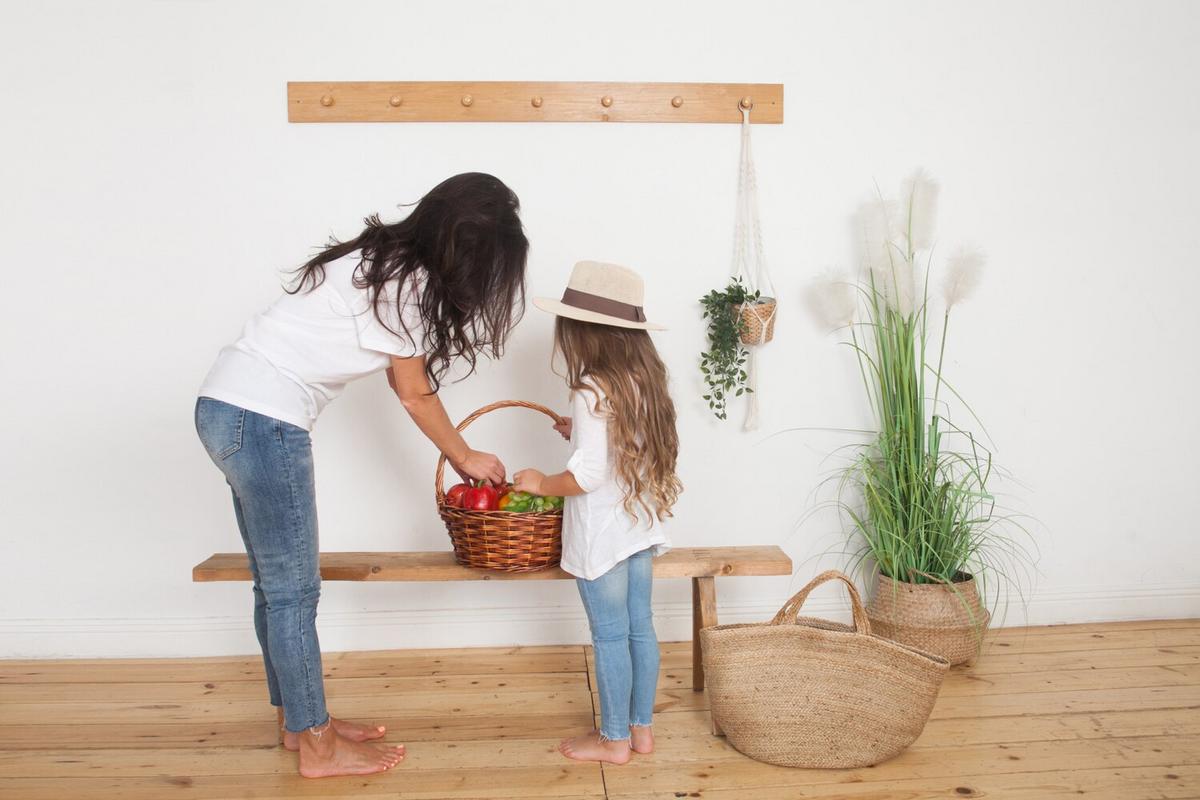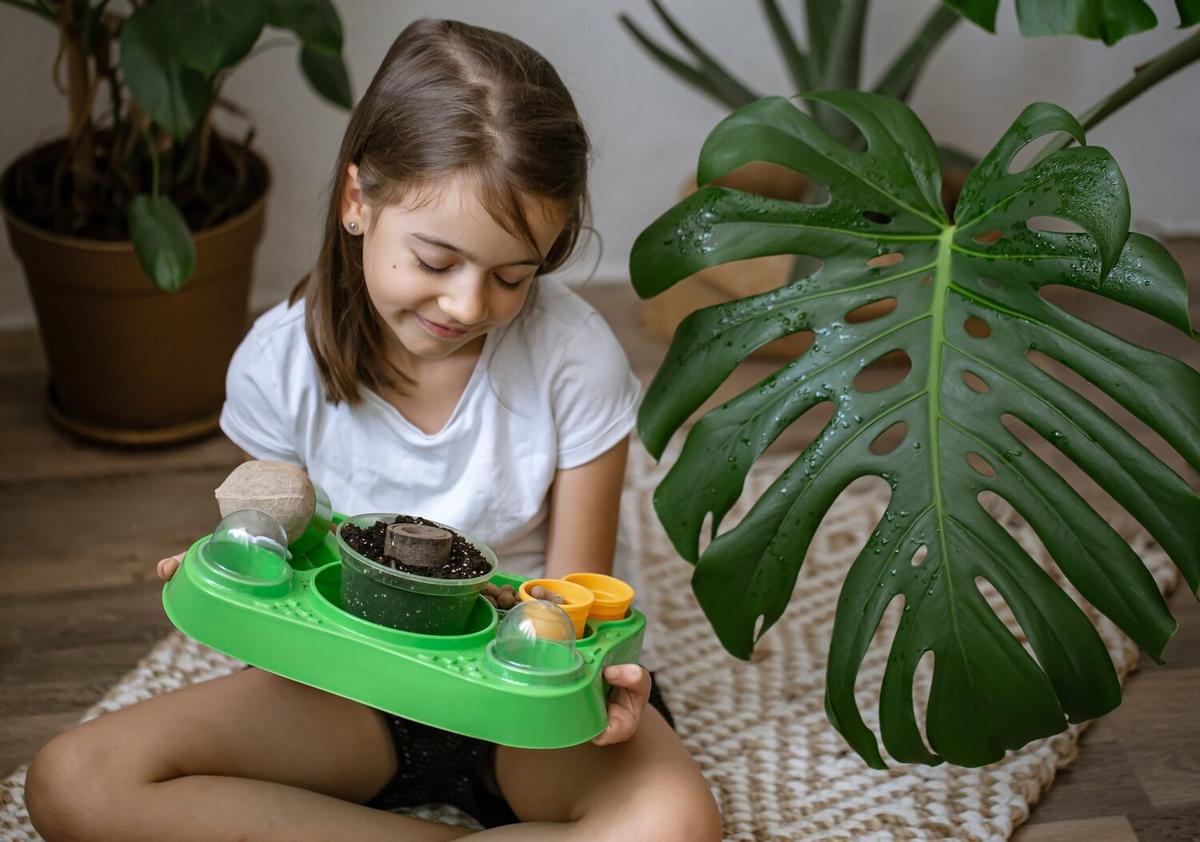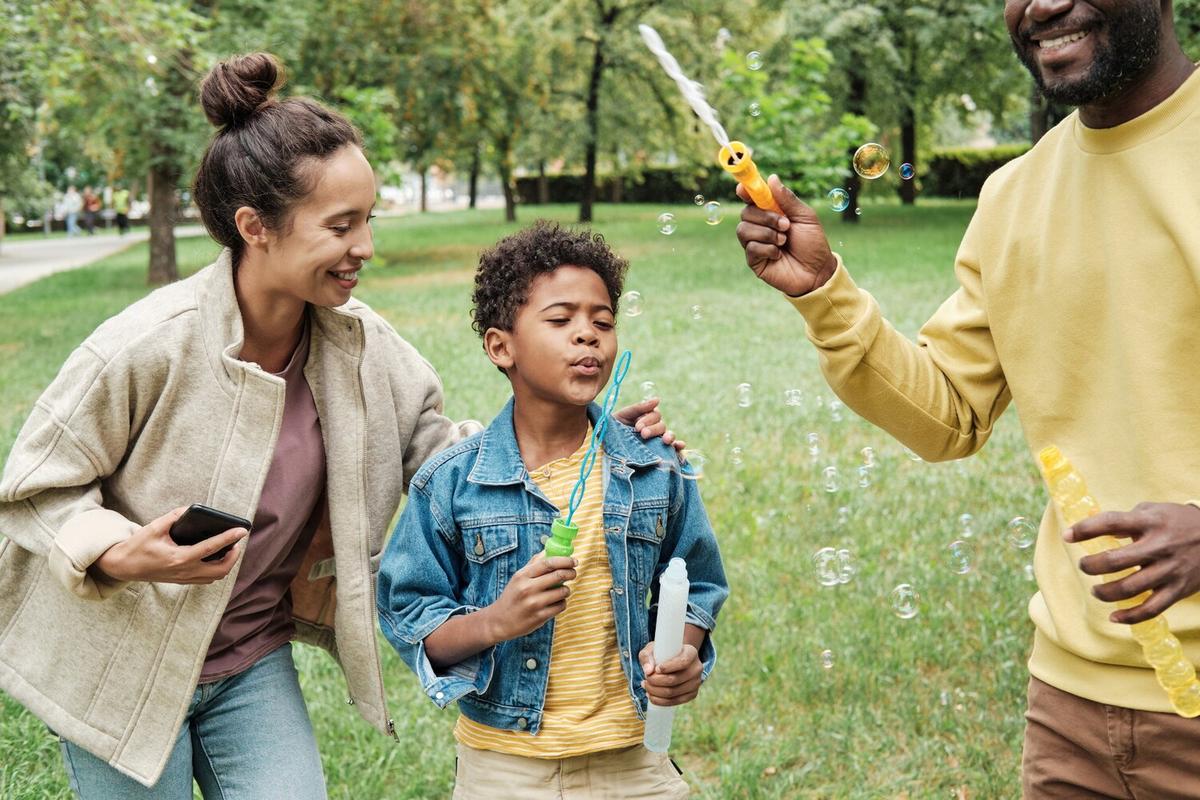
Creating a Green Nursery: Eco-Friendly Tips for New Parents
Welcoming a new life into the world is an exciting journey, and for environmentally conscious parents, creating a green nursery can be a meaningful first step. By choosing eco-friendly options, you not only contribute to a healthier planet but also ensure a safer environment for your baby.
Why Choose an Eco-Friendly Nursery?
Eco-friendly nurseries are gaining popularity as parents become more aware of their environmental impact. According to a report by the Environmental Protection Agency, indoor air quality can be significantly influenced by the materials we choose for our homes. Creating a green nursery involves selecting non-toxic, sustainable options that reduce exposure to harmful chemicals.
Expert Insights
“Choosing sustainable materials for a nursery is not just about environmental responsibility; it’s about creating a healthier space for your child to thrive,” says Emily Roberts, a green living consultant.
Steps to Create a Green Nursery
1. Opt for Non-Toxic Paints
Conventional paints can release volatile organic compounds (VOCs) into the air. Instead, choose paints labeled as low-VOC or VOC-free to ensure better air quality.
2. Sustainable Furniture Choices
Look for furniture made from sustainable materials like bamboo or reclaimed wood. Many brands offer cribs and changing tables that are both stylish and eco-friendly.
3. Organic Bedding
Babies spend a lot of time sleeping, so invest in organic cotton sheets and mattresses free from harmful chemicals. This minimizes skin irritations and potential allergies.
| Eco-Friendly Product | Description |
|---|---|
| Low-VOC Paint | Paints that emit fewer volatile organic compounds, ensuring better indoor air quality. |
| Bamboo Furniture | Durable and sustainable, bamboo is a renewable resource that grows quickly. |
| Organic Cotton Bedding | Made without pesticides, this is a safer choice for sensitive skin. |
| LED Lighting | Energy-efficient lighting that reduces electricity use. |
| Cloth Diapers | Reusable diapers that save money and reduce waste. |
| Wooden Toys | Toys made from sustainably sourced wood, free of harmful plastics. |
| Recycled Storage Bins | Bins made from recycled materials to organize toys and clothes. |
| Eco-Friendly Rugs | Rugs made from natural fibers like jute, which are biodegradable. |
4. Energy-Efficient Lighting
Install LED lights to conserve energy and reduce your carbon footprint. They last longer and are safer because they produce less heat.
5. Reusable Diapers
Consider cloth diapers, which can be washed and reused, reducing landfill waste. Modern versions are more convenient and come in various designs.
Use natural cleaning products in the nursery to maintain a chemical-free environment. Baking soda and vinegar are great alternatives for cleaning surfaces.
FAQs
Are eco-friendly products more expensive?
Not necessarily. While some initial costs may be higher, eco-friendly products often last longer and can save money in the long run.
How can I ensure the furniture is truly sustainable?
Look for certifications such as FSC (Forest Stewardship Council) which indicates that the wood is sourced responsibly.
Conclusion
Creating a green nursery is a rewarding endeavor that benefits both your baby and the environment. By focusing on sustainable, non-toxic options, you can build a nurturing space that’s kinder to the planet. Start with small changes and gradually incorporate more eco-friendly practices into your home. For further reading on sustainable living, consider visiting reputable environmental websites and blogs.


